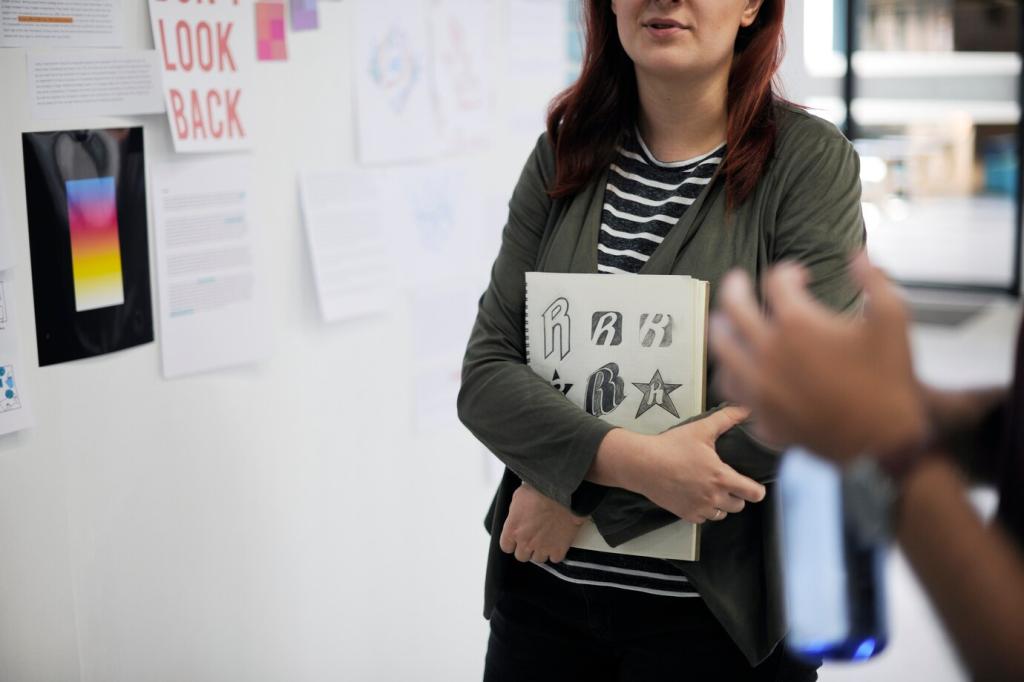The Role of Exterior Design in Community Building
Welcome to a friendly dive into The Role of Exterior Design in Community Building. From stoops to streetscapes, discover how thoughtful outdoor choices spark conversations, shape identity, and turn neighbors into a community. Join the dialogue, share your street’s story, and subscribe for fresh insights.
Human-Scale Streetscapes That Invite Connection
Generous sidewalks, curb extensions, and slower traffic transform a hurried pass-by into a moment to greet a neighbor. These small, repeated exchanges stitch social fabric far faster than occasional events ever could.
A simple bench under a tree can become the block’s bulletin board. Stoops invite quick chats, eye contact, and a shared sense of territory that signals, gently, who cares for the place.
Aligned building edges and transparent ground floors create legible, comfortable corridors. People feel oriented and welcome, which encourages lingering, smiling, and saying hello to those they see every day.

Green Edges and Small Open Spaces as Social Anchors
Pocket Parks Create Shared Living Rooms
A sunny pocket park with movable chairs and a drinking fountain attracts toddlers, readers, and dog walkers alike. Over time, regulars recognize each other and form gentle routines that bind the neighborhood.
Planter Boxes as Conversational Starters
Street planters adopted by residents become small civic projects. People swap seedlings, compare blooms, and exchange tips, turning horticulture into a friendly excuse to introduce themselves and meet new neighbors.
Edges That Protect Without Isolating
Low hedges, knee-high walls, and permeable fences define space while maintaining sightlines. This balance keeps children safe, encourages passive surveillance, and preserves the easy visibility that invites spontaneous interaction.
Lighting, Safety, and Evening Belonging
Pedestrian-scaled poles, warm facade washes, and under-canopy glow help people feel seen without glare. When night feels inviting, families linger, conversations lengthen, and sidewalks remain alive and cared for.
Inclusive Design for All Ages and Abilities
Seamless Accessibility as a Shared Value
Curb ramps aligned with crosswalks, tactile paving, and generous turning radii enable independent movement. Independence fosters dignity, and dignity encourages people to show up, contribute, and stay engaged longer.
Rest Points and Shade for Slower Rhythms
Frequent seating, shade trees, and drinking fountains respect different energy levels. When older adults and young children are comfortable, streets become intergenerational commons where stories naturally pass between ages.
Clear Soundscapes and Gentle Materials
Porous surfaces and planted buffers soften noise, while non-slip paving supports confident walking. These cues calm the environment, reducing anxiety and enabling deeper, more enjoyable conversations outdoors.



A mural co-created with youth and elders can capture stories otherwise lost. Passersby pause, point, and share memories, transforming a blank wall into a living archive that welcomes conversation.
Community Art, Identity, and Stewardship
Clear, friendly signs for gardens, tool libraries, or book boxes signal openness. Naming corners after community heroes sparks pride and motivates residents to show up and maintain shared spaces together.
